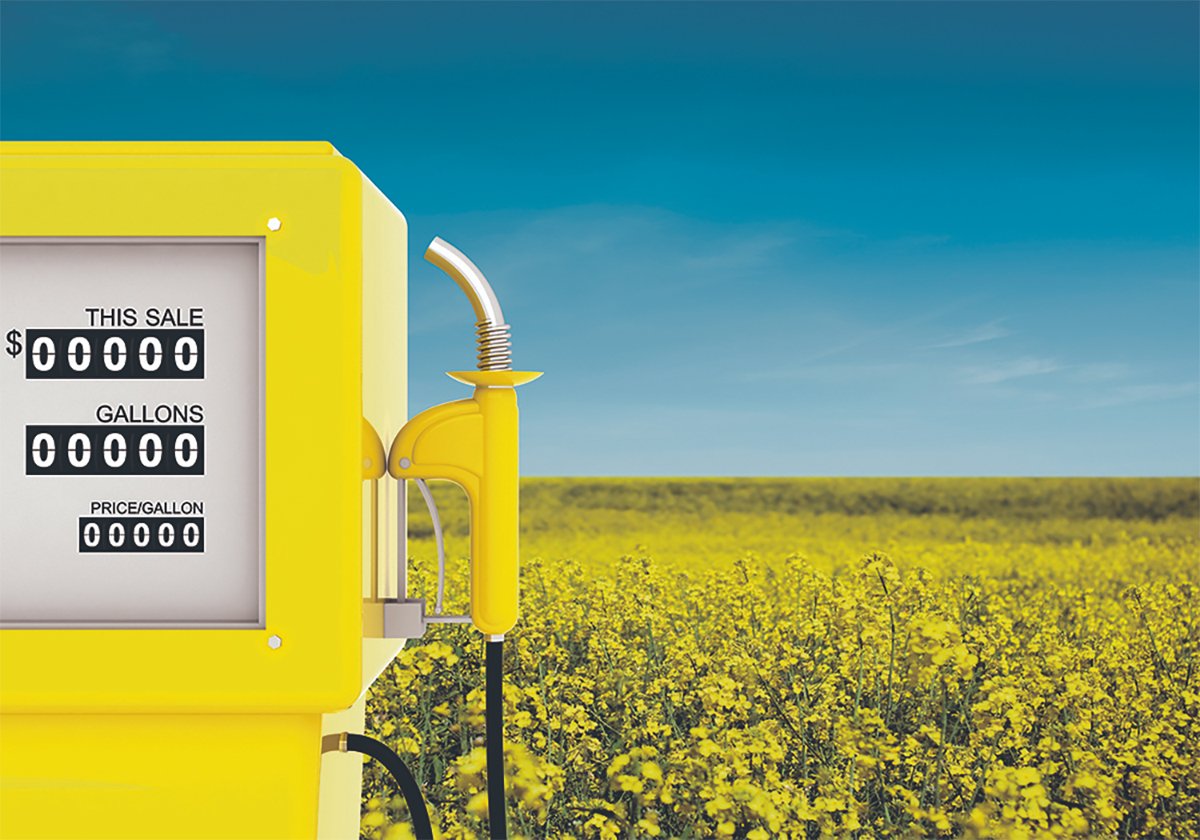Most weather watchers are monitoring the warming of sea surface temperatures in the tropical Pacific Ocean, but Drew Lerner is also keeping a watchful eye on the cooling of the central Indian Ocean and its potential impact on the next crop in India.
The Indian Ocean Dipole is in a neutral phase, and some models predict it will remain that way over the coming months.
However, Lerner, who is president of World Weather Inc., said there is a large area in the central Indian Ocean that has been trending cooler in recent weeks.
Read Also

Biofuel sector happy with federal budget
Advanced Biofuels Canada says new Biofuel Production Incentive is a lifeline until CFR amendments are in place.
“There are some changes taking place in the Indian Ocean right now, which could have a tremendous impact on rainfall over the next few months,” he said.
The dipole will switch to the negative phase if the cooling trend continues over the next few weeks. That would take place at about the same time that an El Nino develops because of the warming of the tropical Pacific Ocean.
The Australian Bureau of Meteorology says there is at least a 70 percent chance of an El Nino forming this year, with most of its models suggesting that will occur by August.
“If you have El Nino and the negative phase of the Indian Ocean Dipole, India usually suffers greatly.”
India receives more than 80 percent of its annual rainfall during the monsoon season, which runs from the beginning of June through the end of September.
An El Nino is highly correlated with reduced rainfall in India. The country can still produce a decent harvest if the rains are evenly distributed, but there have been years when rainfall is greatly suppressed, resulting in huge yield losses.
Lerner’s forecast for Indian rainfall during an El Nino calls for near normal precipitation in a strip from the southwest to the northeast portion of the country and below normal rainfall in the southeast and northwest.
Under that scenario, a good percentage of the country’s pulse production would be unaffected.
However, if the Indian Ocean Dipole shifts to a negative phase, it would be a double whammy for Indian crop production.
“It would raise the potential for drought in parts of the country.”
India’s agriculture department recently released its third advance estimates of the 2013-14 crop calling for a record 264 million tonnes of production.
The forecast includes a record 19.57 million tonnes of pulse production, up from 18.34 million tonnes last year. That is primarily due to a massive rabi (winter) season chickpea crop of 9.93 million tonnes, up from 8.83 million tonnes the previous year.
Some analysts have cast doubt on the size of the chickpea crop because of February frost and hail.
However, Lerner doesn’t think temperatures got cold enough to cause much damage to the chickpea crop.
“There might have been some frost injury, but very little freezes,” he said.
Lerner doesn’t doubt that India produced a record crop in 2013-14.
“I’ll tell you what, the rainfall pattern in India this winter and spring was absolutely phenomenal as far as I’m concerned. There has only been a couple of years in my 35 years of doing this that I can remember that rains occurred as frequently and as significantly as what we saw this year,” he said. “Based on that, I have to say that there has got to be some large crops coming out of there.”















